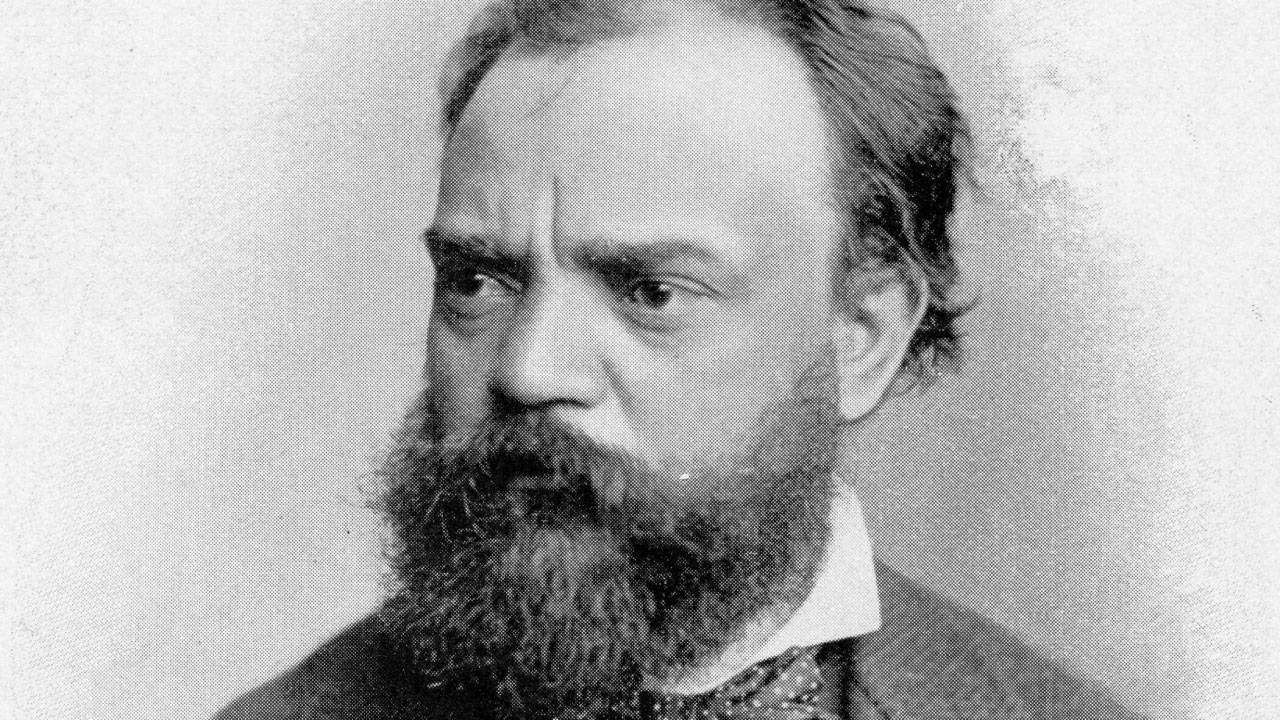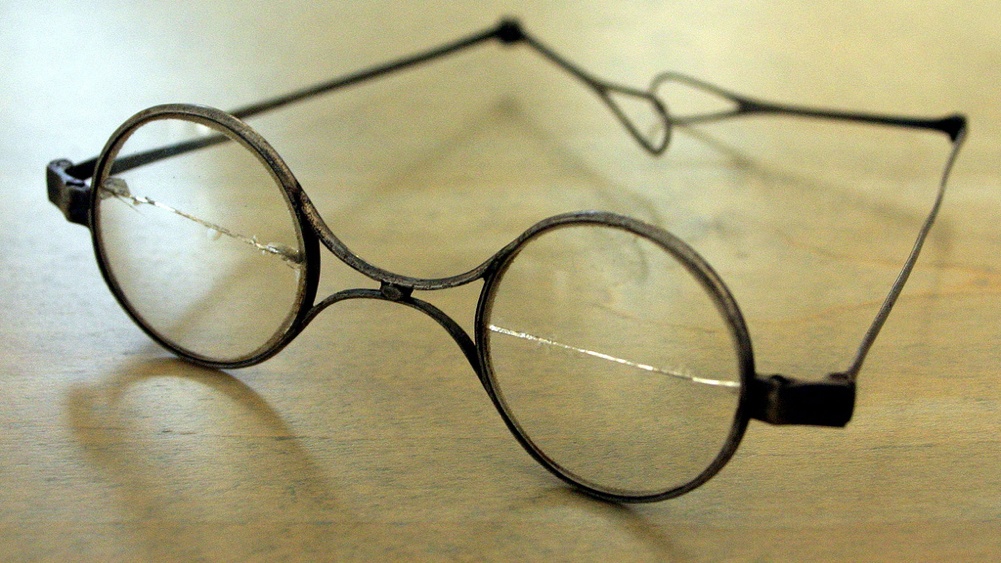Berlioz’ “Waverley” Overture: Adventures of a Youthful Dreamer
The Waverley Overture is vibrant, youthful music by the 23-year-old Hector Berlioz. Literary influences abound throughout the works of Berlioz. This early Overture was inspired by Sir Walter Scott’s Waverley novels, which depict the adventures of Edward Waverley, a young English soldier and dreamer who travels to Scotland amid the Jacobite uprising of 1745. The manuscript and printed score are prefaced with a poetic quote from an early chapter of Scott’s initial novel: Dream of love and …






